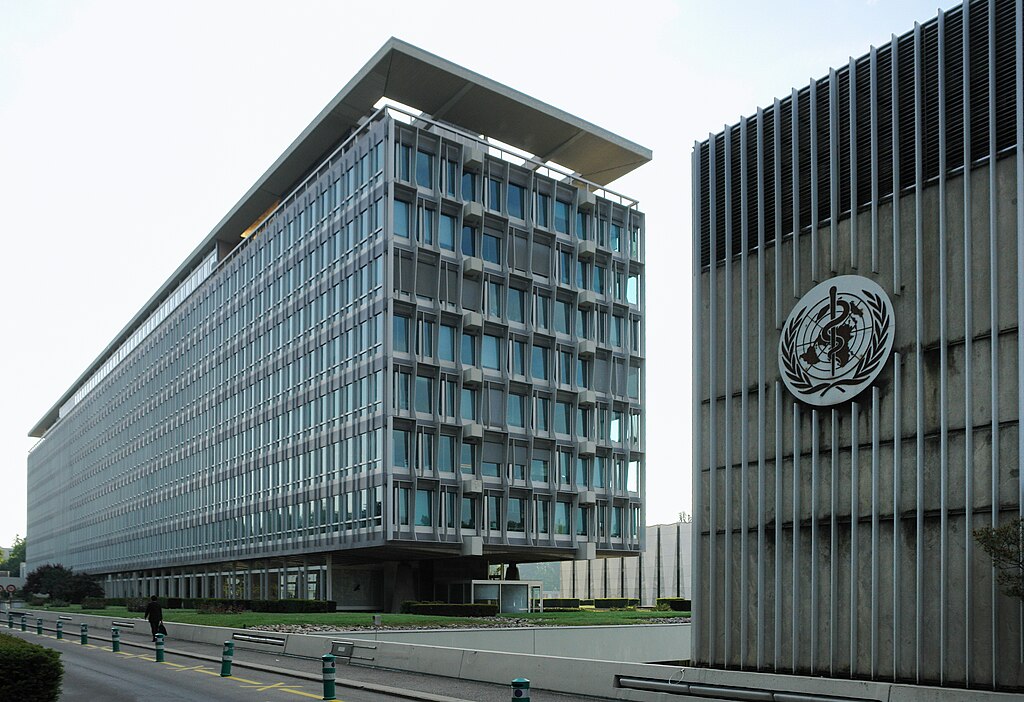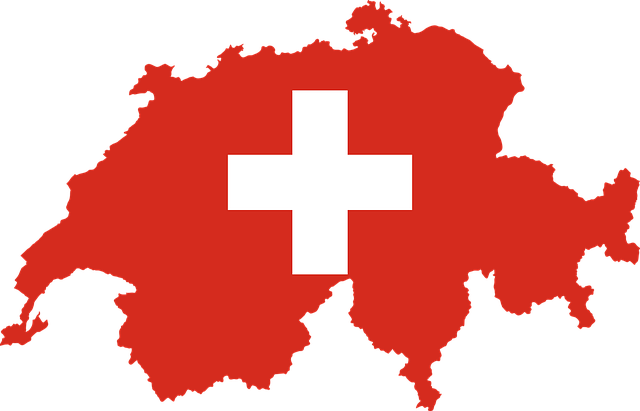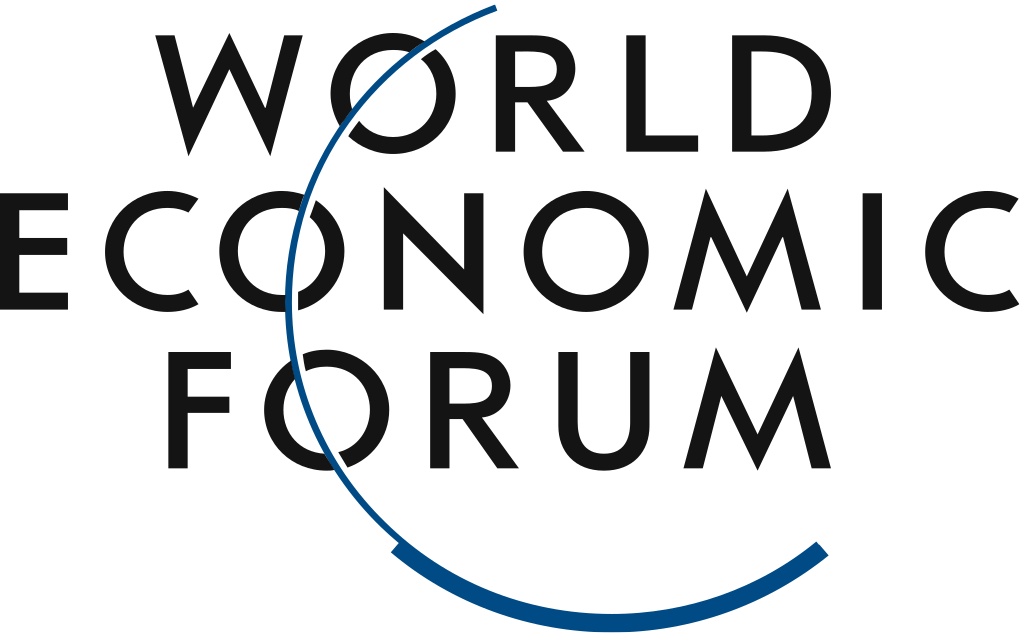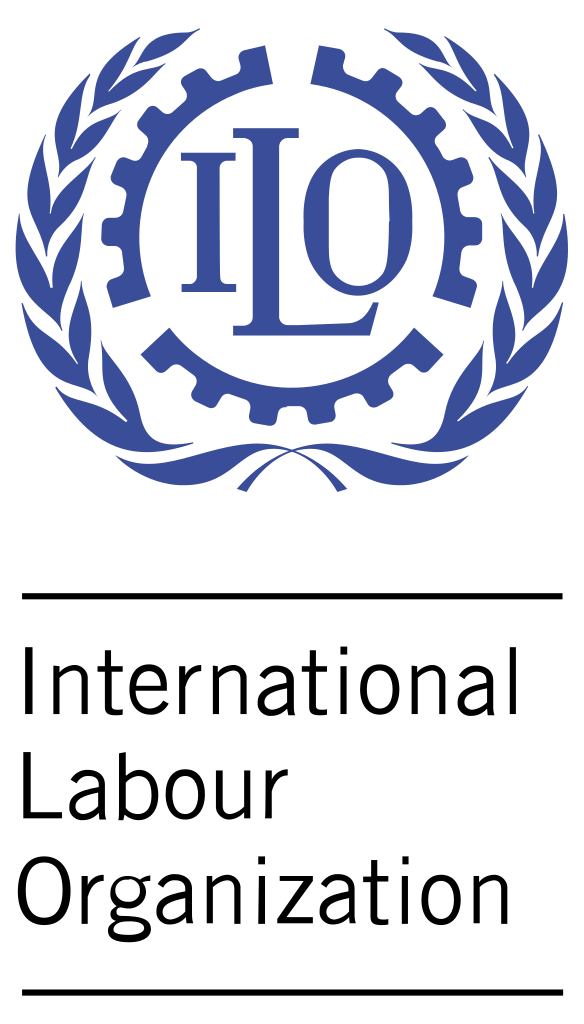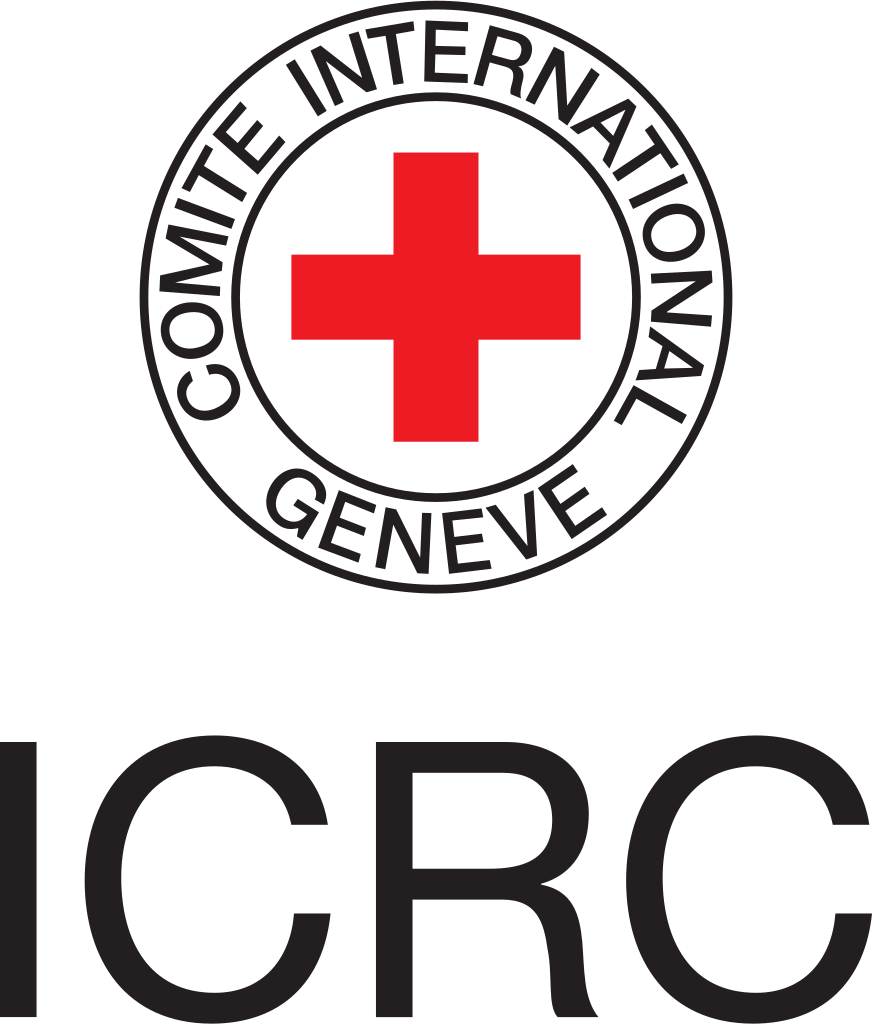World Trade Organisation Quiz Questions
1. When did the World Trade Organization (WTO) come into existence?
(a) 1947
(b) 1986
(c) 1995
(d) 2001
2. Which of the following is NOT a core principle of the WTO?
(a) Non-discrimination
(b) Reciprocity
(c) Protectionism
(d) Transparency
3. The headquarters of the WTO is located in:
(a) New York, USA
(b) Geneva, Switzerland
(c) Brussels, Belgium
(d) London, United Kingdom
4. The WTO deals with:
(a) Global environmental issues
(b) International trade rules
(c) Global health concerns
(d) International monetary system
5. What is the main objective of the WTO?
(a) To promote free trade
(b) To protect the environment
(c) To reduce poverty
(d) To stabilize currency exchange rates
6. Which of the following is NOT a member of the WTO?
(a) United States
(b) China
(c) India
(d) Cuba
7. The dispute settlement body (DSB) of the WTO is responsible for:
(a) Setting trade rules
(b) Resolving trade disputes
(c) Monitoring trade policies
(d) Providing technical assistance
8. What is the term used for the rounds of negotiations held under the WTO framework?
(a) Summits
(b) Conferences
(c) Rounds
(d) Sessions
9. Which of the following is NOT a covered sector under the WTO agreements?
(a) Agriculture
(b) Services
(c) Intellectual property
(d) Currency exchange rates
10. What is the main criticism against the WTO?
(a) It promotes unfair trade practices
(b) It does not address environmental concerns
(c) It benefits developed countries more than developing countries
(d) It has no power to enforce its decisions
11. What is the role of the WTO in promoting economic development?
(a) It provides financial assistance to developing countries
(b) It helps developing countries integrate into the global economy
(c) It sets trade rules that favor developed countries
(d) It has no role in promoting economic development
12. What does the term “trade liberalization” mean?
(a) Increasing trade barriers
(b) Reducing trade barriers
(c) Maintaining existing trade barriers
(d) None of the above
13. Which agreement led to the formation of the WTO?
(a) GATT
(b) NAFTA
(c) EU Treaty
(d) NATO
14. How many member countries does the WTO have as of 2023?
(a) 164
(b) 189
(c) 201
(d) 150
15. What does MFN stand for in WTO terms?
(a) Most Favored Nation
(b) Multi-Functional Network
(c) Monetary Fund Network
(d) Market Free Negotiations
16. Which of these is NOT one of the WTO’s main activities?
(a) Trade negotiations
(b) Implementation and monitoring
(c) Dispute settlement
(d) Setting monetary policy
17. Who heads the WTO?
(a) Secretary General
(b) President
(c) Director-General
(d) Chief Executive Officer
18. What is the highest decision-making body of the WTO?
(a) General Council
(b) Ministerial Conference
(c) Dispute Settlement Body
(d) Trade Policy Review Body
19. How often does the Ministerial Conference typically meet?
(a) Annually
(b) Every two years
(c) Every five years
(d) Monthly
20. Which of these agreements is NOT administered by the WTO?
(a) GATS
(b) TRIPS
(c) TRIMS
(d) NAFTA
21. What does GATS stand for?
(a) General Agreement on Tariffs and Services
(b) Global Agreement on Trade and Services
(c) General Agreement on Trade in Services
(d) Global Association of Trade Systems
22. Which round of trade negotiations led to the creation of the WTO?
(a) Kennedy Round
(b) Tokyo Round
(c) Uruguay Round
(d) Doha Round
23. Which of these is NOT a benefit of WTO membership?
(a) Access to dispute settlement mechanisms
(b) Guaranteed tariff-free trade
(c) Participation in trade negotiations
(d) MFN treatment from other members
24. What does TRIPS stand for in the context of WTO?
(a) Trade-Related Investment Policy Systems
(b) Trade-Related Aspects of Intellectual Property Rights
(c) Tariff Reduction and International Policy Standards
(d) Trade Regulation and Import Policy Standards
25. Which of these is NOT a type of subsidy defined by the WTO?
(a) Prohibited subsidies
(b) Actionable subsidies
(c) Non-actionable subsidies
(d) Permanent subsidies
World Trade Organisation Quiz Questions with Answers
1. When did the World Trade Organization (WTO) come into existence?
(c) 1995
2. Which of the following is NOT a core principle of the WTO?
(c) Protectionism
3. The headquarters of the WTO is located in:
(b) Geneva, Switzerland
4. The WTO deals with:
(b) International trade rules
5. What is the main objective of the WTO?
(a) To promote free trade
6. Which of the following is NOT a member of the WTO?
(d) Cuba
7. The dispute settlement body (DSB) of the WTO is responsible for:
(b) Resolving trade disputes
8. What is the term used for the rounds of negotiations held under the WTO framework?
(c) Rounds
9. Which of the following is NOT a covered sector under the WTO agreements?
(d) Currency exchange rates
10. What is the main criticism against the WTO?
(c) It benefits developed countries more than developing countries
11. What is the role of the WTO in promoting economic development?
(b) It helps developing countries integrate into the global economy
12. What does the term “trade liberalization” mean?
(b) Reducing trade barriers
13. Which agreement led to the formation of the WTO?
(a) GATT
14. How many member countries does the WTO have as of 2023?
(a) 164
15. What does MFN stand for in WTO terms?
(a) Most Favored Nation
16. Which of these is NOT one of the WTO’s main activities?
(d) Setting monetary policy
17. Who heads the WTO?
(c) Director-General
18. What is the highest decision-making body of the WTO?
(b) Ministerial Conference
19. How often does the Ministerial Conference typically meet?
(b) Every two years
20. Which of these agreements is NOT administered by the WTO?
(d) NAFTA
21. What does GATS stand for?
(c) General Agreement on Trade in Services
22. Which round of trade negotiations led to the creation of the WTO?
(c) Uruguay Round
23. Which of these is NOT a benefit of WTO membership?
(b) Guaranteed tariff-free trade
24. What does TRIPS stand for in the context of WTO?
(b) Trade-Related Aspects of Intellectual Property Rights
25. Which of these is NOT a type of subsidy defined by the WTO?
(d) Permanent subsidies






